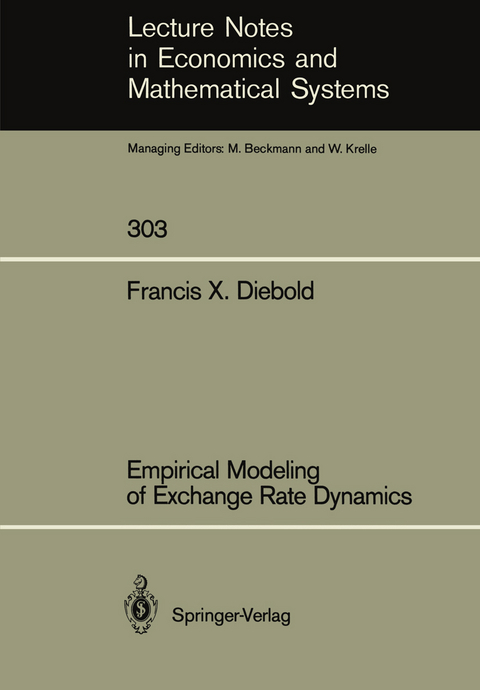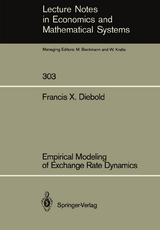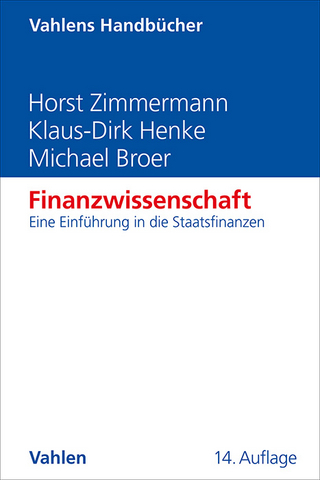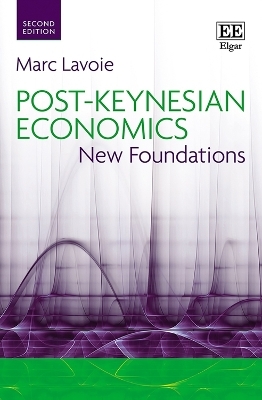Empirical Modeling of Exchange Rate Dynamics
Springer Berlin (Verlag)
978-3-540-18966-4 (ISBN)
1 Introduction.- 2 Conditional Heteroskedasticity In Economic Time Series.- 2.1) Introduction and Summary.- 2.2) Autoregressive Conditionally Heteroskedastic Processes.- 2.3) Temporal Aggregation of ARCH Processes.- 2.4) Estimation and Hypothesis Testing.- 2.5) The Asymptotic Distributions of Some Common Serial Correlation Test Statistics in the Presence of ARCH.- 2.6) Concluding Remarks.- 3 Weekly Univariate Nominal Exchange Rate Fluctuations.- 3.1) Introduction.- 3.2) Moving Sample Moments as Volatility Measures.- 3.3) The Data.- 3.4) Model Formulation.- 3.5) Empirical Results.- 3.6) Conclusions.- Appendix to Chapter 3 Testing For Unit Roots.- 4 Monthly Univariate Nominal Exchange Rate Fluctuations.- 4.1) Introduction.- 4.2) Empirical Analysis.- 4.3) Comparison With Some Well-Known Results From Finance.- 4.4) Concluding Remarks.- 5 Real Exchange Rate Movements.- 5.1) Introduction.- 5.2) Forms of Purchasing Power Parity.- 5.3) The Relationship Between the Three Key Parity Conditions.- 5.4) On The Stochastic Behavior of Deviations From PPP.- 5.5) Empirical Analysis.- 5.6) Conclusions.- References.
| Erscheint lt. Verlag | 9.3.1988 |
|---|---|
| Reihe/Serie | Lecture Notes in Economics and Mathematical Systems |
| Zusatzinfo | VII, 143 p. |
| Verlagsort | Berlin |
| Sprache | englisch |
| Maße | 170 x 244 mm |
| Gewicht | 288 g |
| Themenwelt | Wirtschaft ► Volkswirtschaftslehre ► Finanzwissenschaft |
| Wirtschaft ► Volkswirtschaftslehre ► Makroökonomie | |
| Schlagworte | Distribution • Dynamics • Exchange rates • Finance • Modeling • Statistics • Time Series • Value-at-Risk • Volatility |
| ISBN-10 | 3-540-18966-1 / 3540189661 |
| ISBN-13 | 978-3-540-18966-4 / 9783540189664 |
| Zustand | Neuware |
| Haben Sie eine Frage zum Produkt? |
aus dem Bereich




